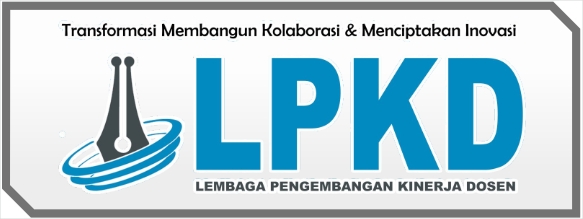ANALISIS PERBANDINGAN ALGORITMA SUPPORT VECTOR MACHINE (SVM) DAN CONVOLUTIONAL NEURAL NETWORK (CNN) UNTUK SISTEM DETEKSI KATARAK
Abstract
One of the most vital senses for humans is sight. Humans utilize their eyes to take in visual information that is used for a variety of tasks, but vision problems are prevalent, ranging from minor disorders to serious disorders that can result in blindness. Cataracts are one of the factors contributing to this vision loss. In Indonesia, cataracts alone account for 81 percent of cases of blindness, and 40 percent of those affected don't even realize they have them. A technique for early cataract identification using digital photographs is one way to lower the incidence of cataract-related blindness. We used Support Vector Machine (SVM) and Convolutional Neural Network (CNN) techniques to create a cataract detection system. These two techniques are used to categorize normal eye classes, immature cataracts, and mature cataracts. A digital image that has been downsized to 64x64 pixels in Joint Photographic Group (JPG) format that was taken from earlier study serves as the input data. Support Vector Machine (SVM) and Convolutional Neural Network (CNN) methods used in the cataract detection process provide optimal results. The Support Vector Machine (SVM) method itself produces an accuracy value of 96.67%, while the Convolutional Neural Network method produces a better accuracy value of 98.89%.
Keywords: Cataract, Digital Image, Machine Learning, Support Vector Machine, Convolutional Neural Network


.png)















